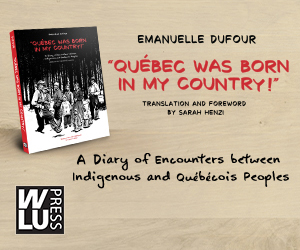Neal McLeod Writers in Residence Archives

Neal McLeod is Cree (having grown up on the James Smith reserve in Saskatchewan) and Swedish. He studied at the Swedish Art Academy at Umeå. Neal has exhibited his art work throughout Canada including the 2005 exhibition au fil de mes jours (in my lifetime) at Le Musée National des Beaux-arts du Quebec which was remounted at the Museum of Civilization in 2007. Neal’s first book of poetry entitled Songs to Kill a Wîhtikow, was nominated for several Saskatchewan book awards including Book of the Year in 2005. It was nominated for Book of the Year at the Anskohk Aboriginal Literature Awards, and won the Poetry Book of the Year by unanimous decision of the jurors.
In 2007 Cree Narrative Memory was published, which was nominated for book of the year at the Anskohk Aboriginal Literature Awards. In the fall of 2008, he published his second book of poetry entitled Gabriel’s Beach. He also recently published Indigenous Poetics in Canada (Wilfrid Laurier University Press) for which he received the Gabrielle Roy Prize for literary theory and criticism. The following books by Neal McLeod are available: mitêwâcimowina: Indigenous Science Fiction and Speculative Storytelling (Theytus Books), 100 Days of Cree (University of Regina Press), and cîhcêwêsin: new poetry from indigenous saskatchewan (Hagios Press). He is also working on: the life story of Noel Starblanket (Cree leader), a book of poetry called The Book of Ayâs, a retranslation of Plains Cree Texts, and a history of the Piapot Cree First Nation. Neal currently lives in Kinistino, Saskatchewan.
-
July 31, 2017
Cree sound space
The time of Treaties in what is today western Canada, promised to usher in a period where the resources of the land would be shared between all peoples. The Cree expression miyo-wîcihitowin describes ...
-
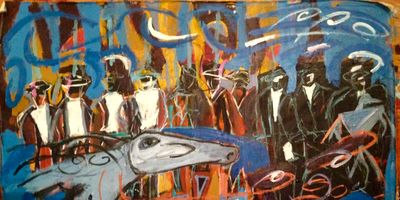
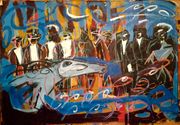 July 30, 2017
July 30, 2017painting and poetry/ poetry and painting
The play between poetry and painting has always influenced my work. I had the fortune of studying at the Umeå Konsthogsköla (Umeå Branch of the Art Academy of Sweden) when I was very young. Art has ...
-
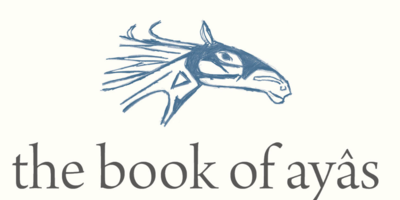
 July 28, 2017
July 28, 2017the book of ayâs: the importance of nêhiyawêwin (Cree)
kinêhiyawêwininaw tâpiskôc kakîkêkamik[our creeness is like a forever house]itê kaki-kakîkê-pawâtayahk[where we can forever dream] I wrote this today, thinking about old stories, and old places. ...
-

 July 25, 2017
July 25, 2017performance as editing
One night in 2000, I was sitting around the metaphorical campfire with some friends in Regina, Saskatchewan. We were talking about art and writing. We were talking about music and performance. One by ...
-

 July 23, 2017
July 23, 2017handwriting
We live in an age where everything is a click. A click here. A click there. A swipe. A scroll. Another click. We live in an age where everything is fast. We have all of the information that we would ...
-
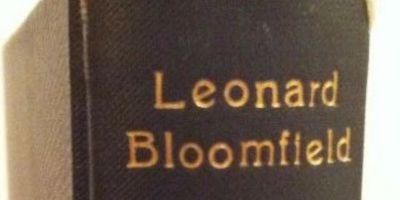
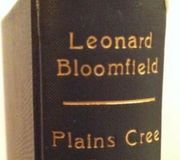 July 22, 2017
July 22, 2017Inspiration of Old Cree Stories
For years, I have been retranslating a book of old Cree stories. I am presently retranslating a story told by sâkêwêw: the story of opwâsimow kâ-kitimâkisit okimâwipayiw [a poor Stoney/ Nakota ...
-
July 20, 2017
writing with dyslexia
I could not really read until I was about eight. I have a distinct memory from 1977-- around June-- when I was sitting in my elementary school class watching other kids read. I had just transferred schools ...
-
July 18, 2017
the inspiration of Swedish poetry
the inspiration of Swedish poetryI have not written much in this blog yet about my work as a poet. I have two books of poetry out: Gabriel’s Beach and Songs to Kill A Wîhtikow. I have a third book, ...
-
July 16, 2017
drafts, and more drafts
I have always admired people could write in a way that required minimal drafts. Some people I know write in a calm, slow pace and what they "lay down on the track" stays pretty close to what is printed. ...
-

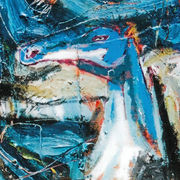 July 15, 2017
July 15, 2017What is fiction?
What is fiction? This is a question that I have often thought of as a writer and a student of nêhiyawêwin. I have also thought about this question as a painter who works from nêhiyaw-âcimowina.I think ...

